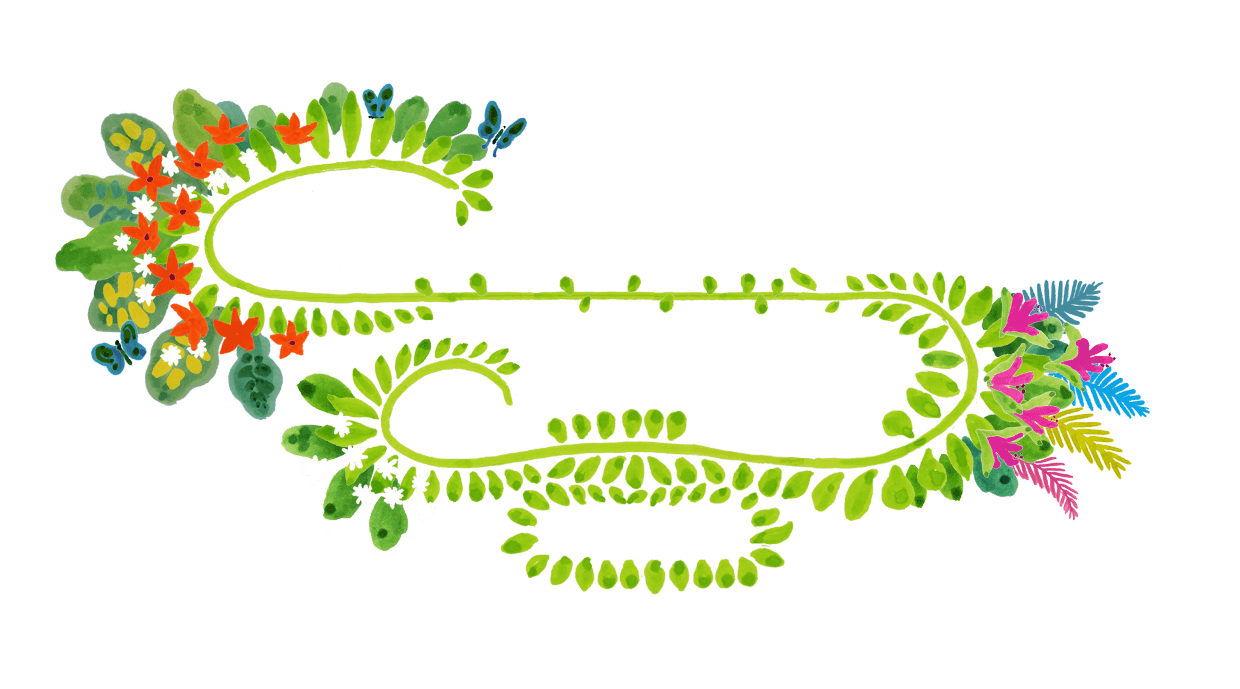
Insight
Urban Tree Cover
Surprisingly, with 21% tree cover and over 8.4 urban million trees, London could be classified as a forest under UN definition!
The capital's urban trees remove and transmute around 2,260 tonnes of airborne pollution a year and create a haven for over 14,000 species of biodiversity within all the city's ecosystems.
The mayor of London has pledged to increase tree canopy cover by 10% and for the capital to be 50% green or blue space by 2050. This all sounds really encouraging, but implementation and practicality is another story.

Maybe we need a blend of micro and macro projects, where larger areas of indigenous forest can be created and rapidly established - replacing large mono culture grassed areas with biodiversity rich forest biomes and turning unused abandoned land into vibrant forest for the benefit of local communities.
With the help of local councils, communities, and institutions, we’ve planted 12 Pocket Forests, including the UK and Europe's largest Miyawaki Forest in Barking and Dagenham, The Forest of Thanks.

Small rewilding projects, such as the Natura Nostra – Southbank which we created in central London this year, should be backed to spring up wherever there is a potential pocket of available urban space. The areas can multiply to form urban biodiversity corridors and bring local benefits such as storm water processing, CO2 capture and lowering of ambient temperatures.
Rewilding of urban built up areas brings diversity and balance but also a sprinkling of nature's magic into everyday life for passers by too.





